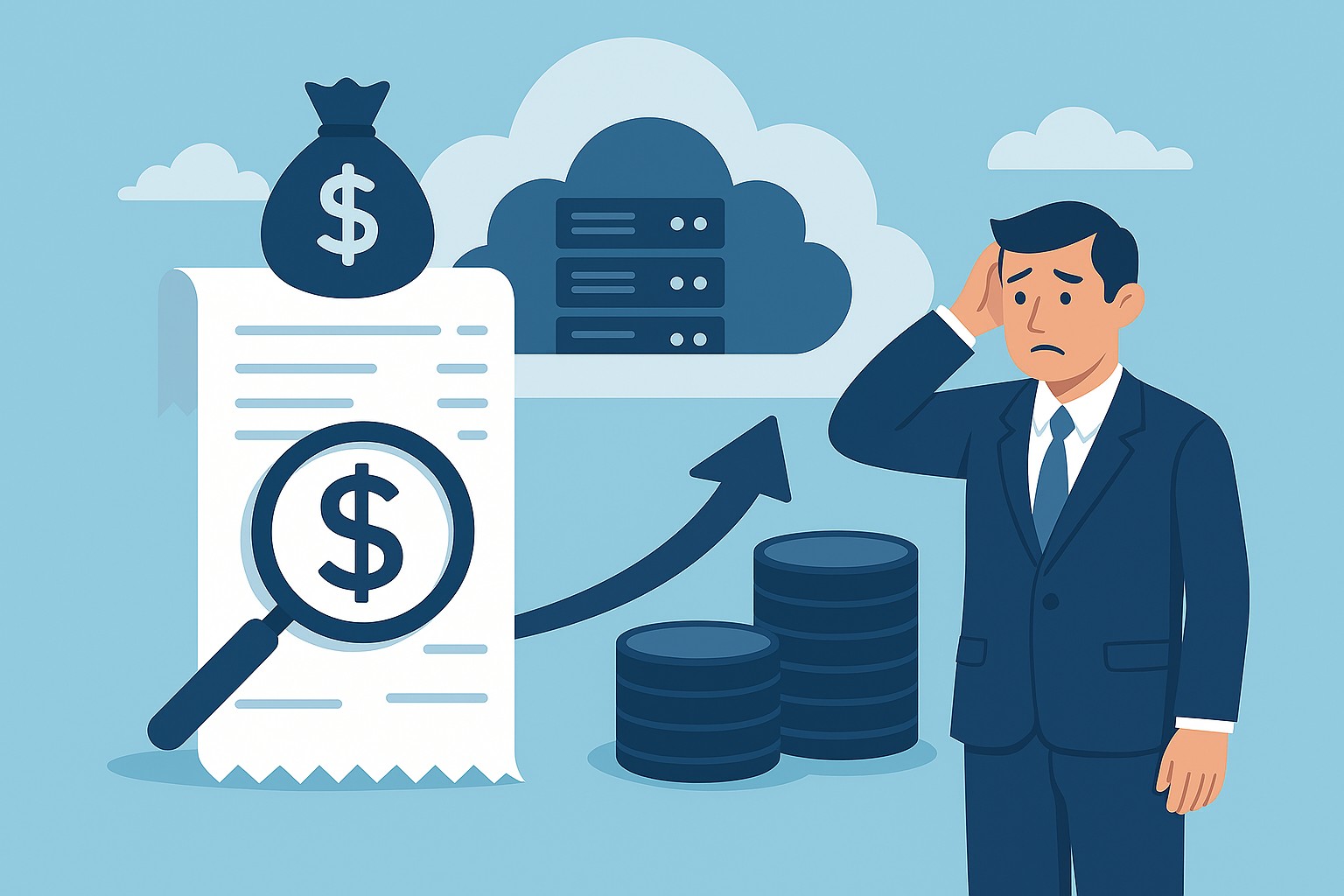Businesses are paying more for the cloud. In many cases, bills have surged by 10% to 25% — and the trend shows no signs of slowing. How can MSPs help their clients optimize costs and resources in their current cloud investments?
While cloud adoption is critical for scalability and innovation, many businesses and MSPs struggle with inefficiencies. They often overspend on underutilized services, idle resources, and misconfigured environments. Cloud providers’ pricing structures and auto-scaling limitations can lead to unexpected cost spikes. This makes it difficult to predict and manage expenses.
Let’s explore the modern cloud management strategies that can get you the most out of IT investments.
What’s Really Driving Up Cloud Costs?
It’s a common assumption that cloud computing directly correlates with higher costs. In reality, there are other key drivers behind ballooning bills:
- User Activity and Misused Resources: Higher workloads don’t necessarily increase costs. However, misconfigured virtual environments can lead to inefficient performance and overspending. Additionally, resource scaling isn’t automatic. While additional resources may be provisioned, they’re not always optimized, causing wasted compute power and costs.
- Compliance and Security Requirements: If companies don’t prepare for compliance with regulatory standards (e.g., encryption, data retention, secure access controls), they’ll face costly breaches and penalties. This is especially true in the financial services sector.
- Resource Configuration and Provisioning: Over-provisioning often leads to unnecessary expenses. Concurrently, under-provisioning leads to performance issues and end-user frustration. Lack of efficient auto-scaling mechanisms also contributes to idle resources driving up cloud spending.
- Operational Inefficiencies and Lack of Automation: Manual infrastructure management, such as patching, provisioning, and troubleshooting, increases labor costs and consumes valuable IT resources. Without built-in automation for cost optimization, IT teams are forced to handle these tasks manually. That often results in higher operational expenses and reduced efficiency.
Missed Opportunities in Built-in Tools
Many businesses, including MSPs, overlook built-in security and IT features in their cloud platforms, leading to unnecessary spending on third-party tools.

Joseph Landes
Major providers like Azure offer native identity and access management (IAM) and compliance controls. However, many businesses often purchase external solutions that duplicate functionality and drive up costs. For example, organizations may underutilize built-in IAM solutions like Azure’s Entra ID, opting instead for costly third-party identity providers. This adds another bill, when native options could meet their needs at a lower price. Having multiple tools with the same functionality not only increases costs, but also contributes to productivity loss, alert fatigue, and, ironically, security issues.
Beyond security, mismanaged software licenses and underutilized SaaS applications also contribute to excessive spending. Additionally, many businesses miss opportunities to optimize cloud storage, compute resources (processing power and memory usage), and built-in automation tools that could reduce operational costs.
When You Can’t See Waste, You Can’t Fix It
One of the biggest challenges in cloud cost management is lack of visibility into spending. Misaligned infrastructure, redundant security tools, and separate charges for security often lead to unexpected cost spikes. Without a single source of truth for tracking cloud expenses, businesses struggle to pinpoint waste and right-size their cloud investments.
Optimize Cloud Resources for Maximum Efficiency
Effectively managing cloud costs requires a strategic approach to resource allocation, automation, and security. Businesses must ensure that:
- Compute resources are dynamically adjusted based on real-time demand.
- Cost forecasting is integrated into financial planning.
- Compliance costs are controlled without unnecessary third-party spending.
Traditional static auto-scaling is also no longer sufficient in dynamic cloud environments. Businesses need adaptive scaling solutions that respond in real-time to workload fluctuations.
Dynamic auto-scaling enables organizations to increase or reduce compute resources based on actual CPU, RAM, and session loads, rather than relying on simple predefined usage thresholds. Capabilities such as advanced scheduling options allow IT teams to optimize cloud spending during off-peak hours and weekends. This works by using resources only when necessary. Other capabilities — such as user-driven scaling — can “drain” workloads from underutilized instances before shutting them down, maximizing resource utilization while minimizing excess costs.
Predictive Planning Prevents Budget Overruns
Beyond scaling, cost forecasting and alerts play a critical role in financial planning. Predicting future cloud expenses helps prevent unexpected budget overruns and ensures that organizations allocate resources more effectively. Automated cost alerts notify IT teams when cloud spending spikes, allowing for a quick response to identify and resolve inefficiencies before they escalate. Additionally, proactive cost forecasting tools improve budgeting and resource planning, helping businesses align their cloud usage with long-term financial objectives.
Lastly, compliance and security costs must be actively managed to avoid unnecessary expenses. While meeting regulatory requirements is essential, inefficient security configurations can lead to excessive costs, including breaches, legal penalties, and reputational damage. Automating compliance checks — such as role-based access control (RBAC), encryption, and multifactor authentication (MFA) — keep security protocols intact without requiring excessive manual intervention.
A Modern Approach to Cloud Optimization
As cloud costs rise, MSPs must take a proactive approach to cost optimization. Organizations that lack visibility and automation in their cloud environments risk unnecessary expenses, from mismanaged resources to redundant third-party tools.
By deploying cost management strategies that leverage capabilities such as built-in security features, dynamic auto-scaling, and using cost forecasting tools, businesses can regain control over their cloud spending without sacrificing performance.
Joseph Landes is chief revenue officer and co-founder of Nerdio.
Featured image: DALL-E













